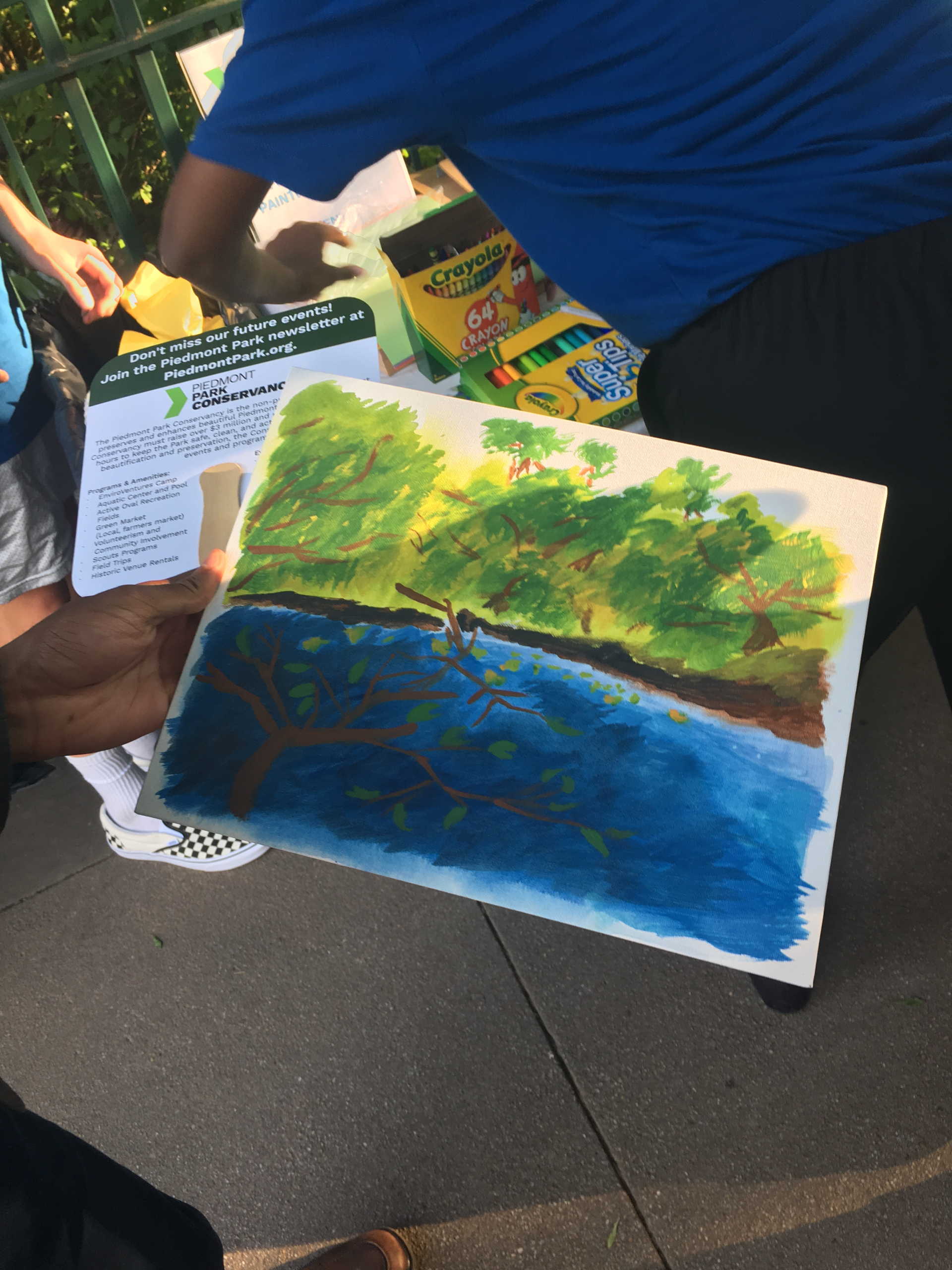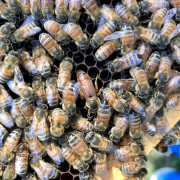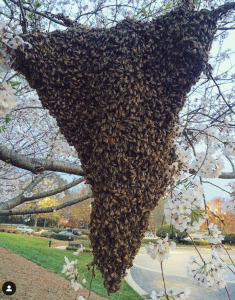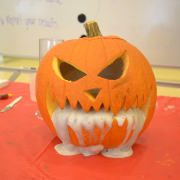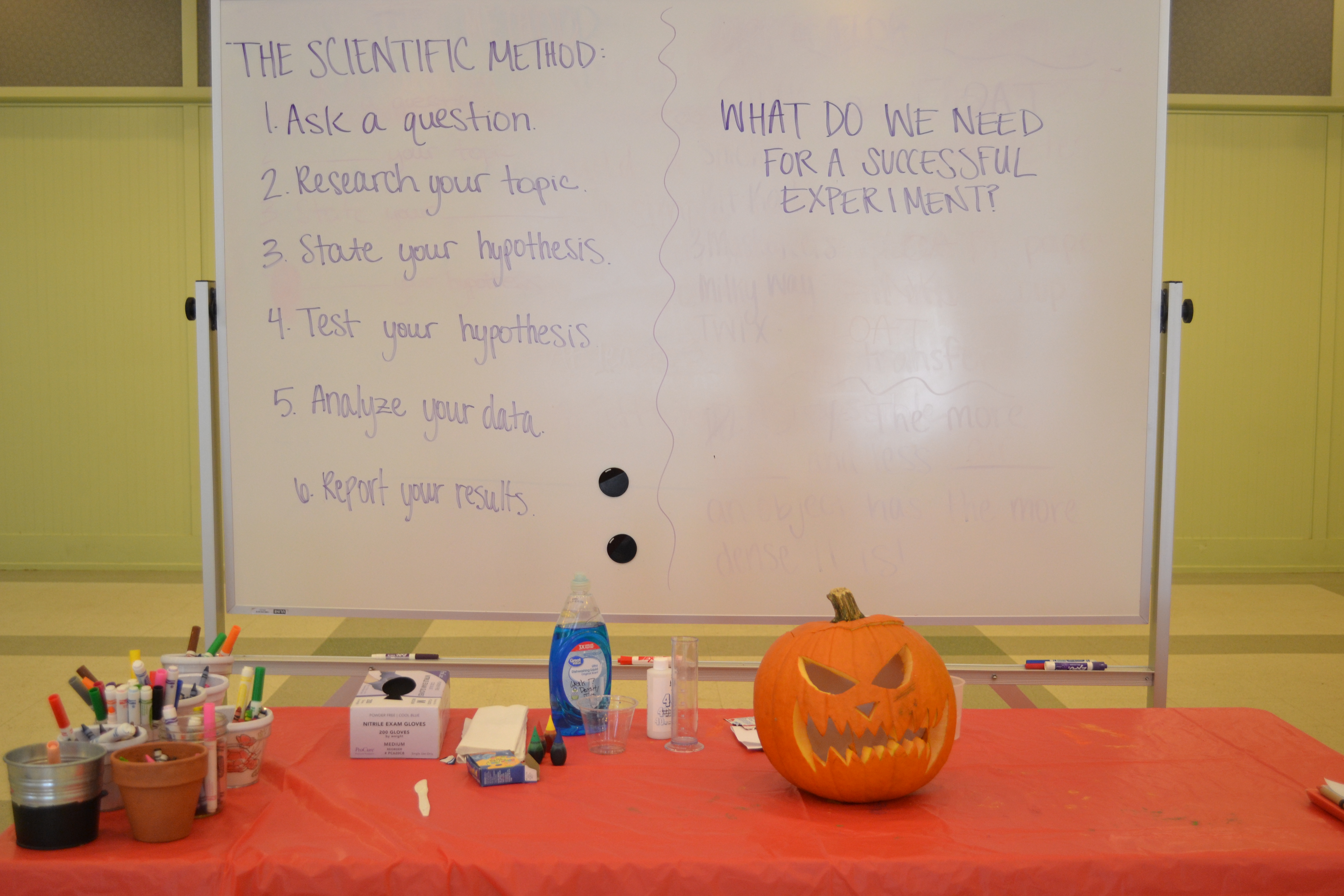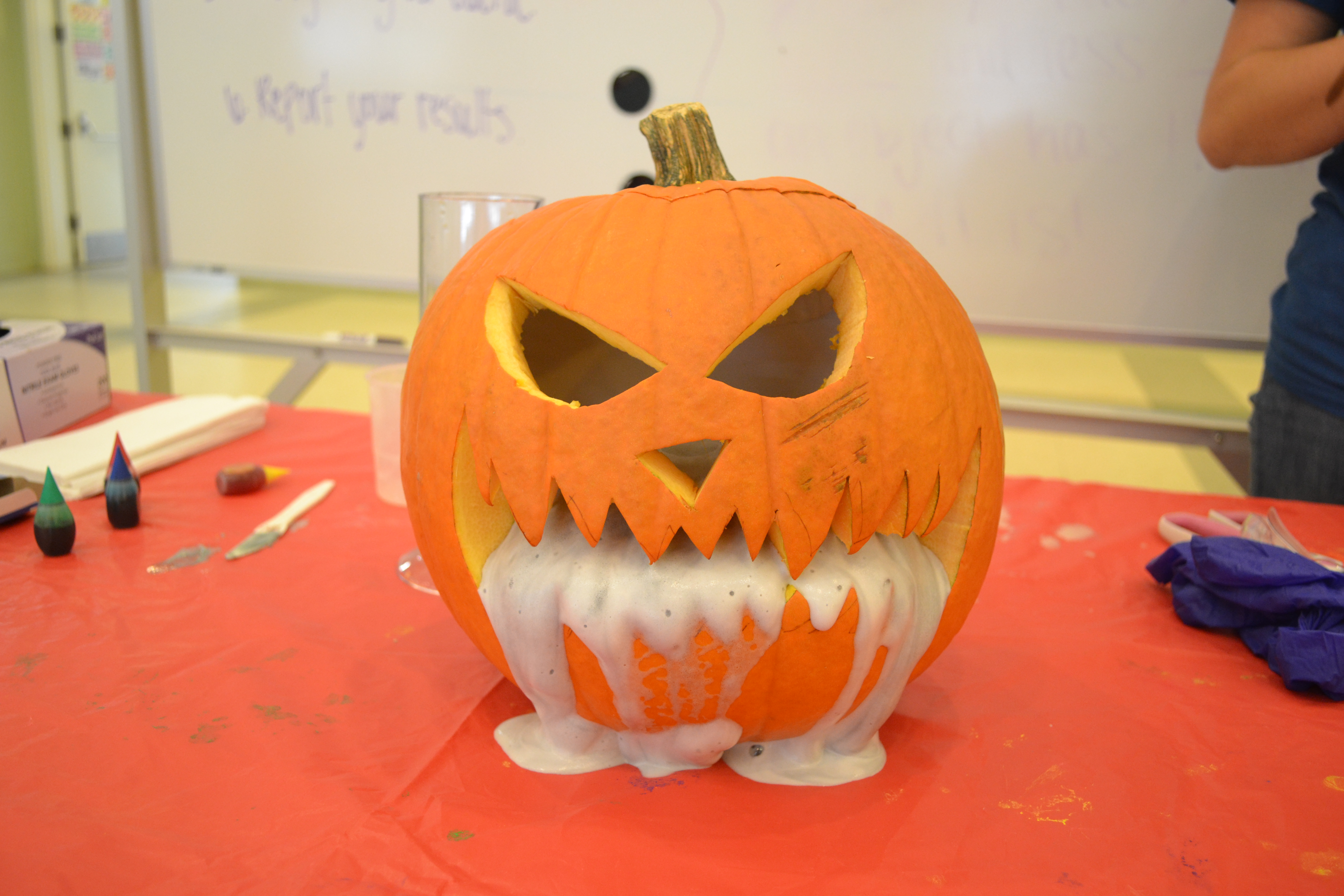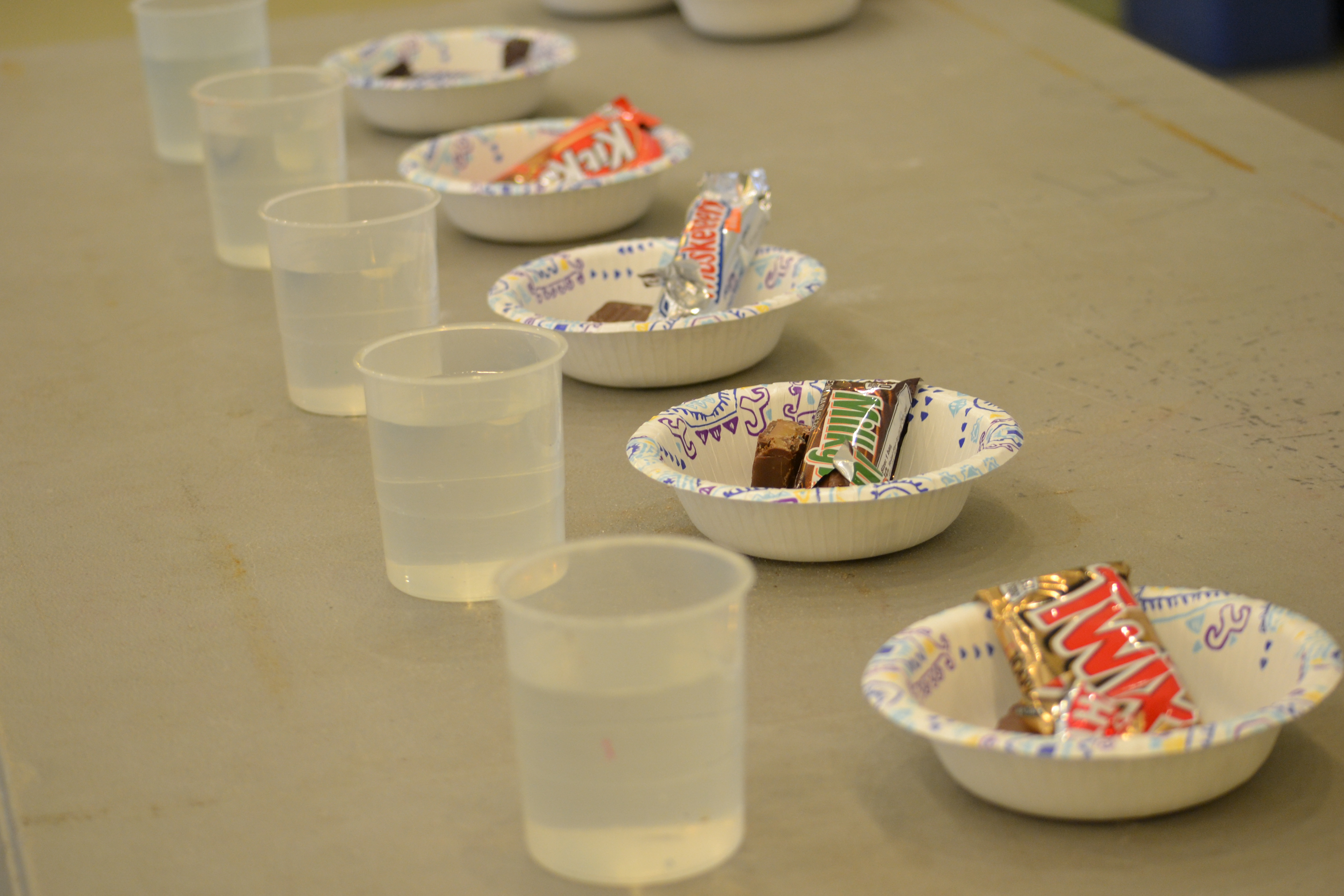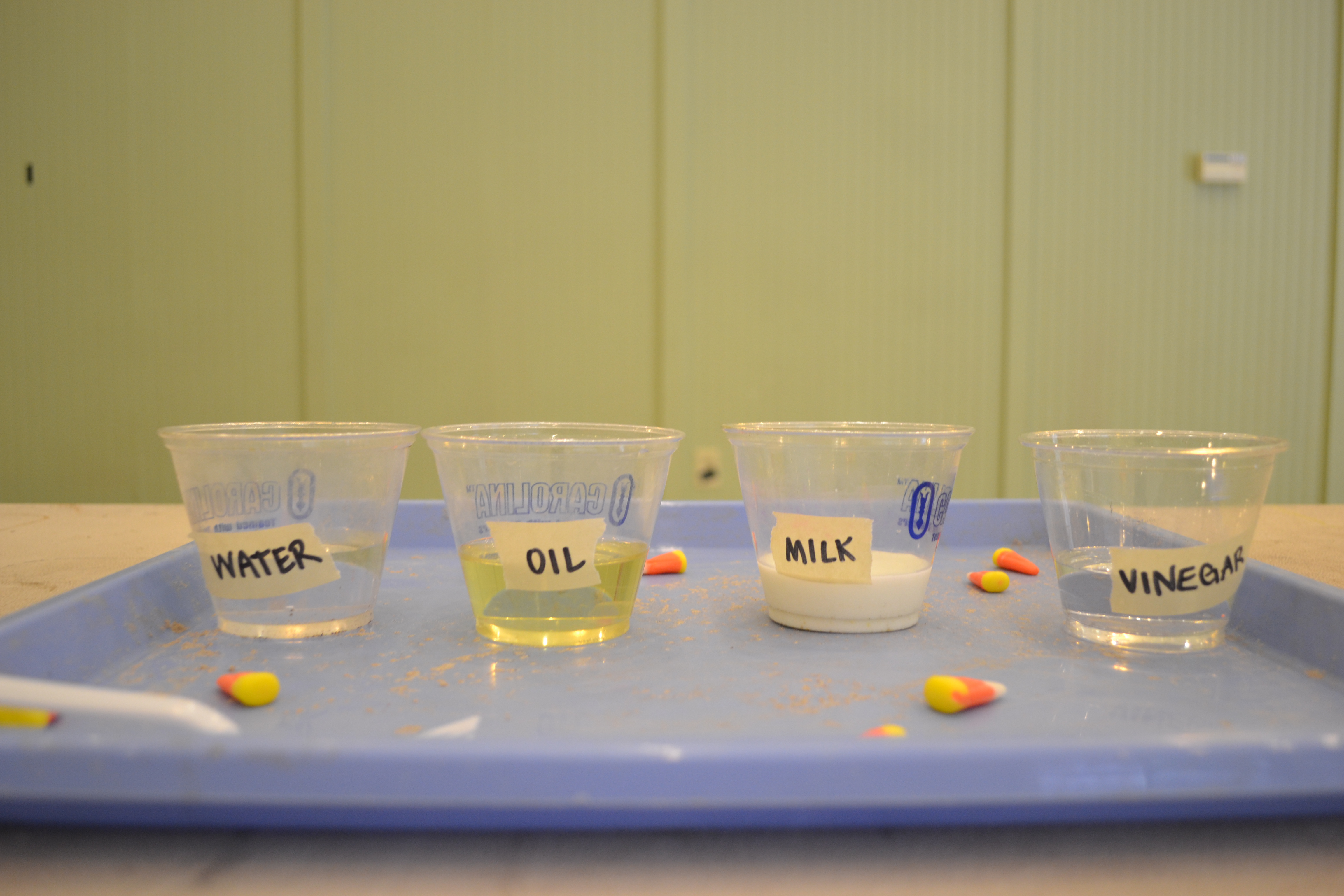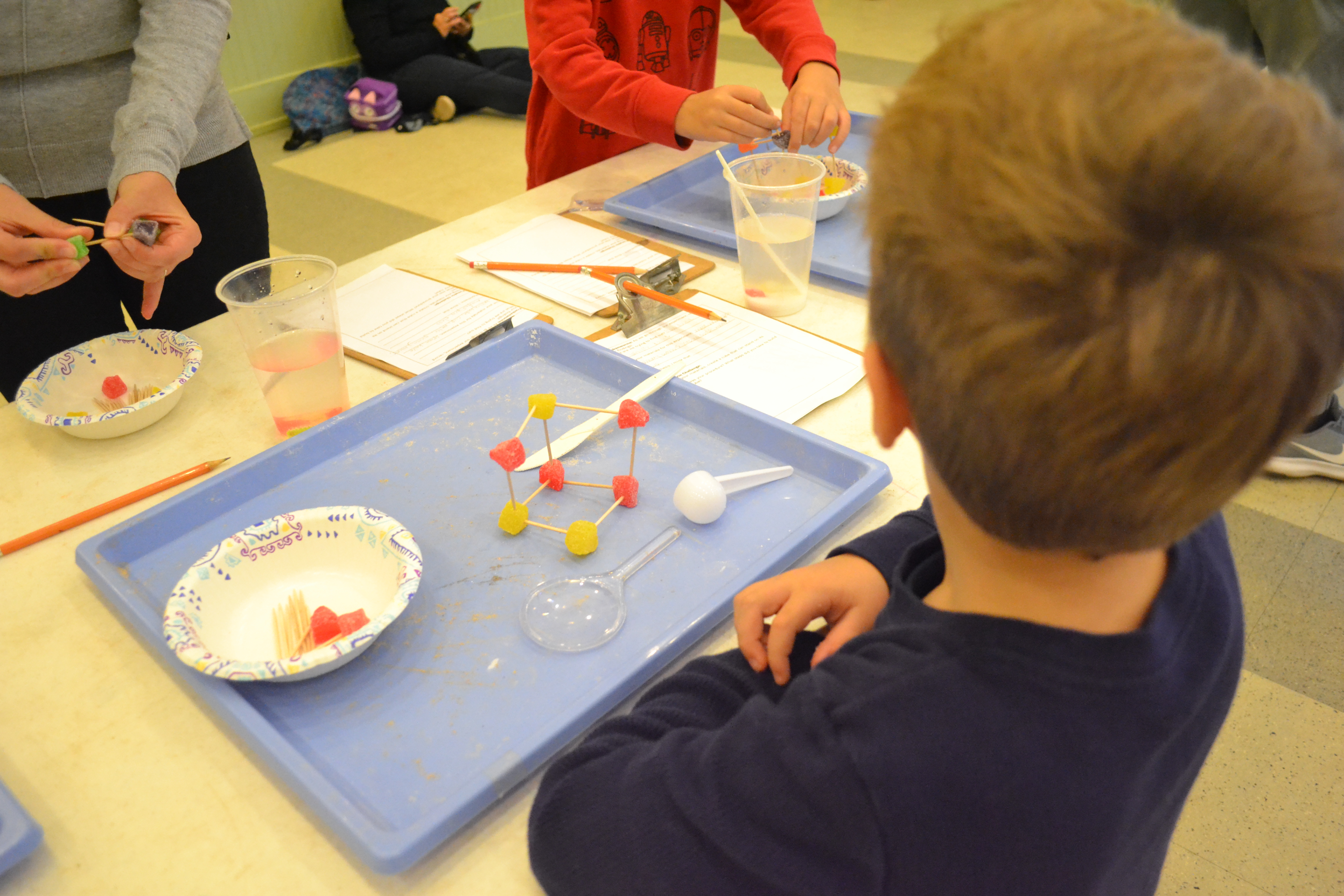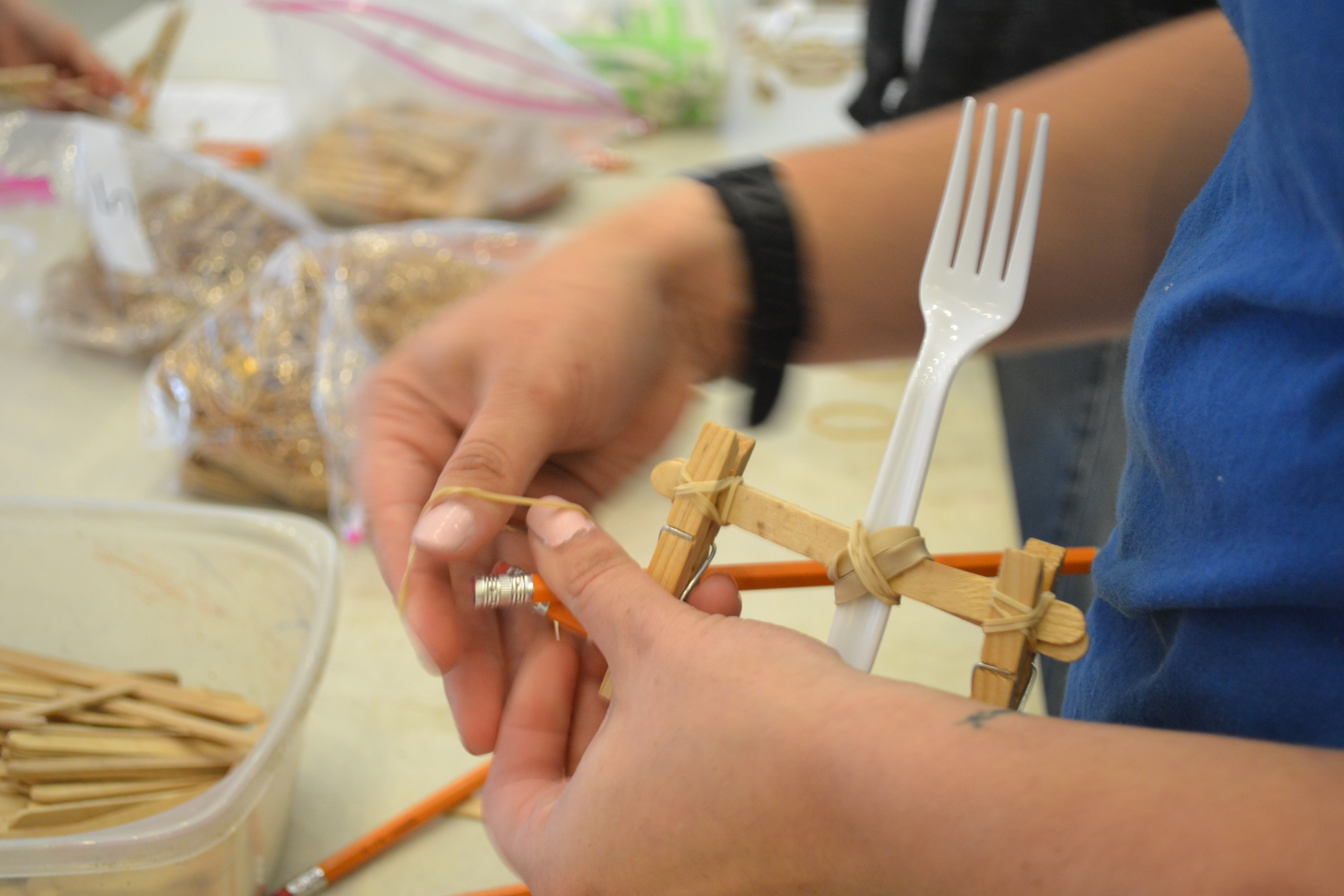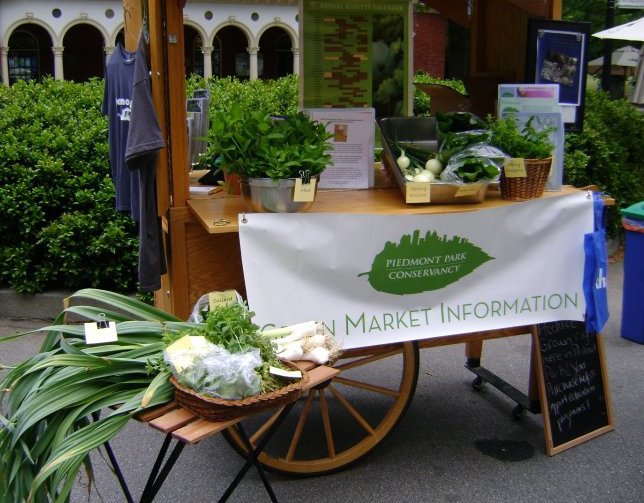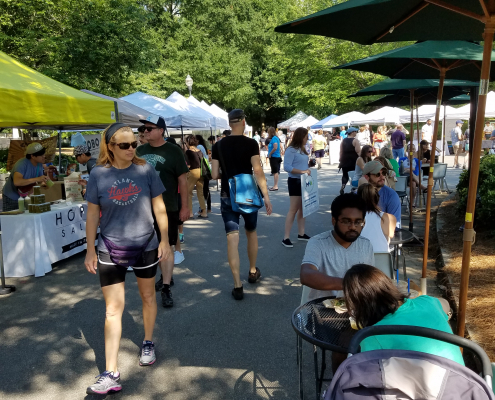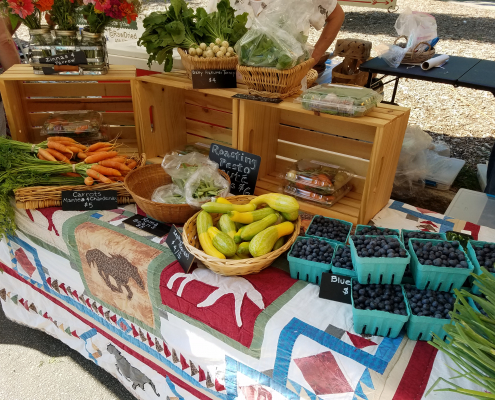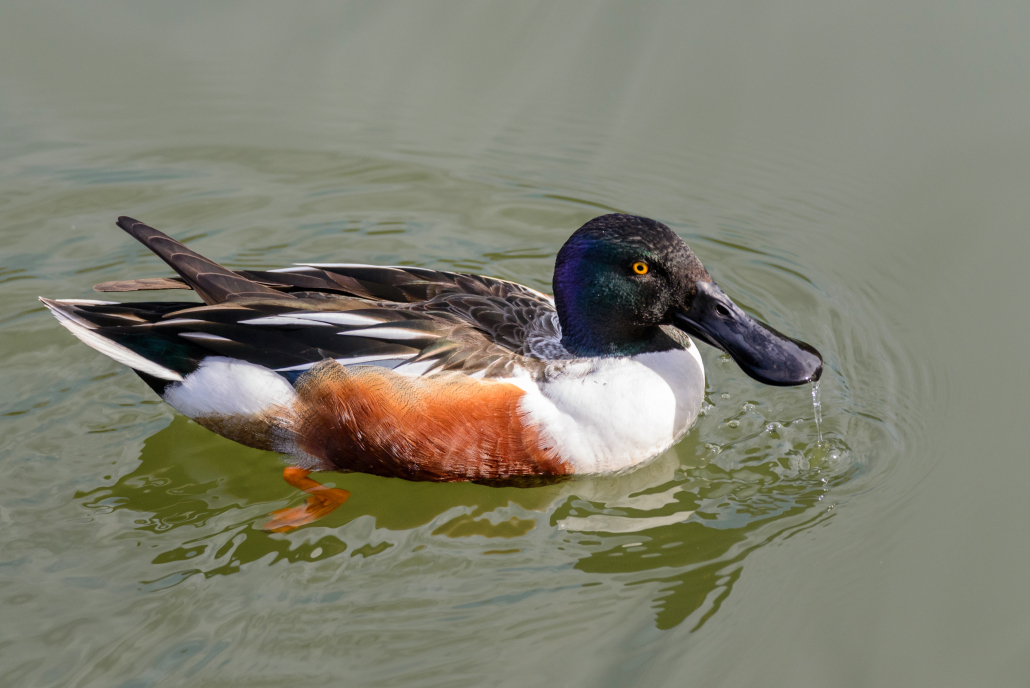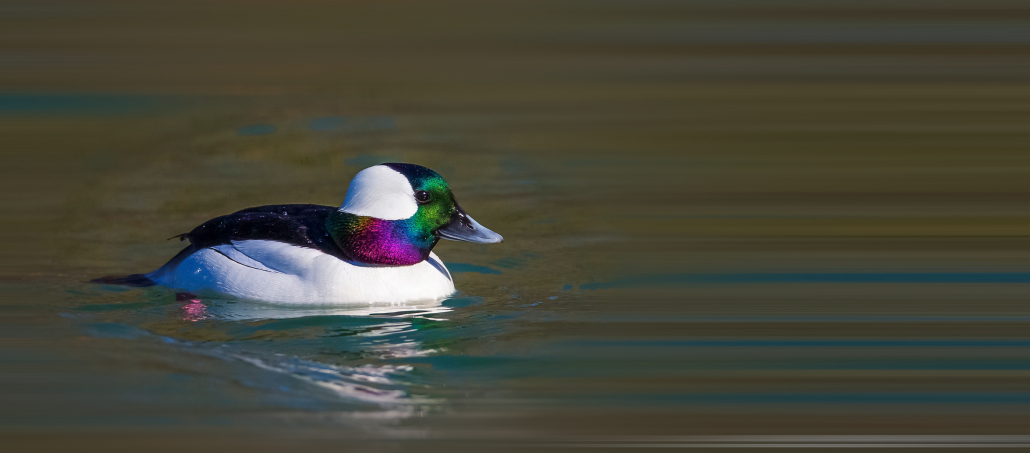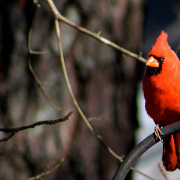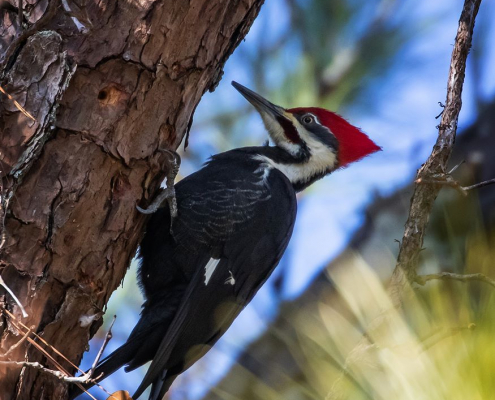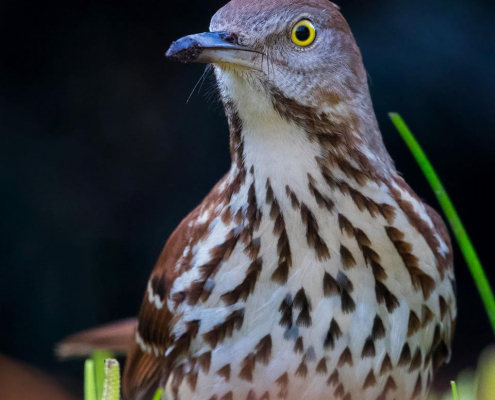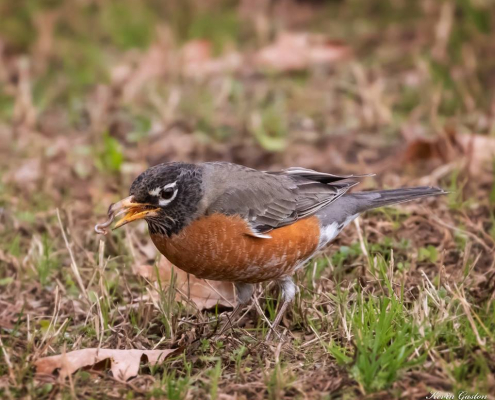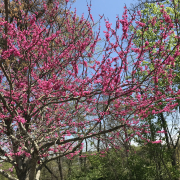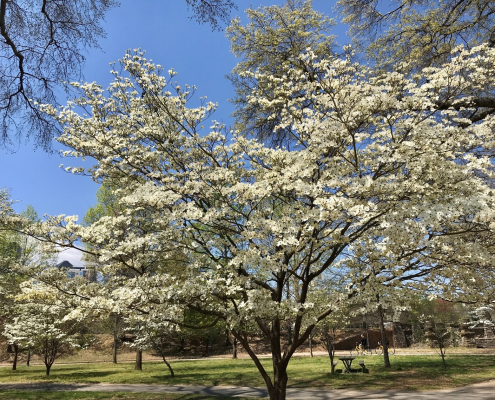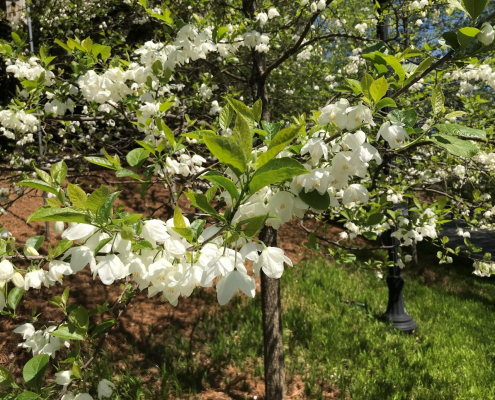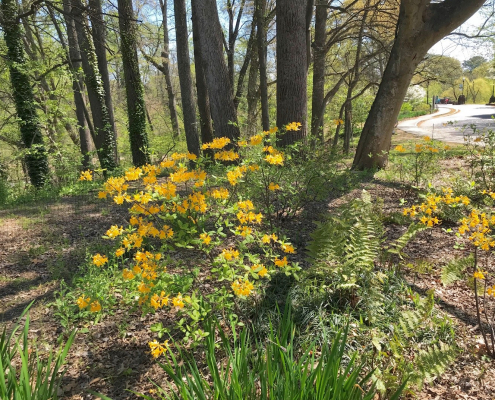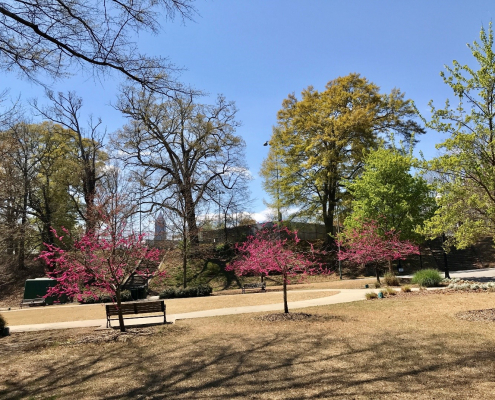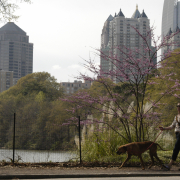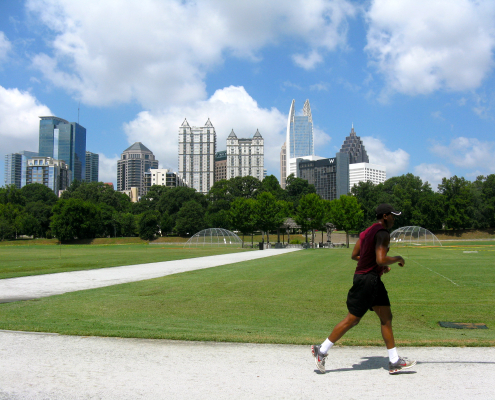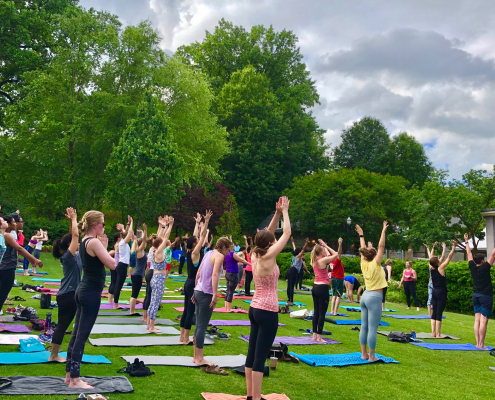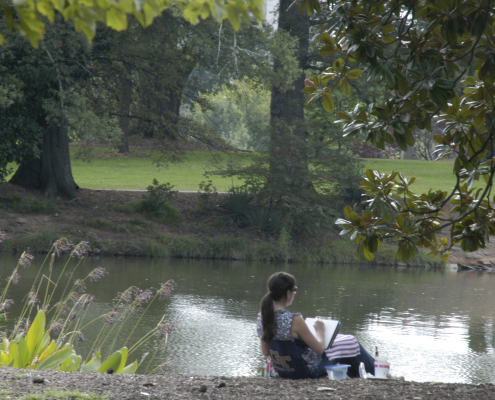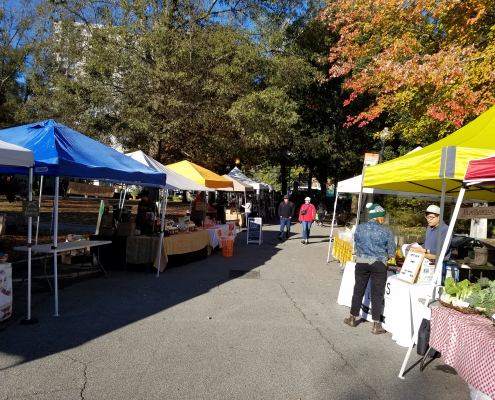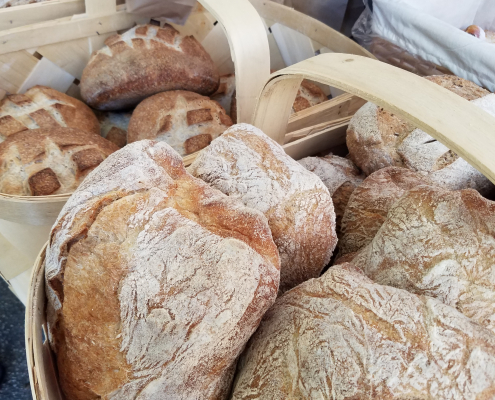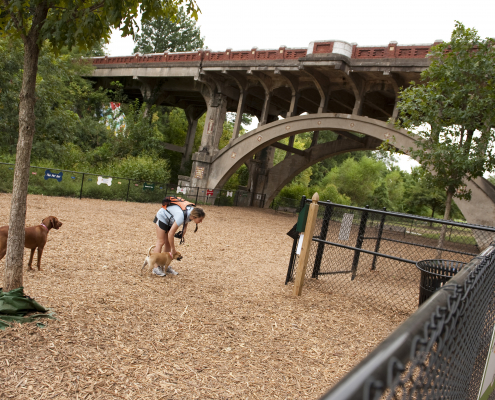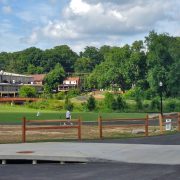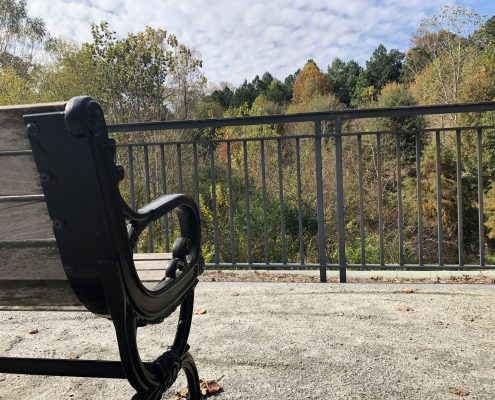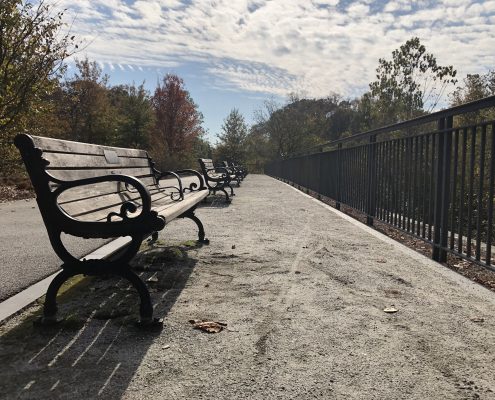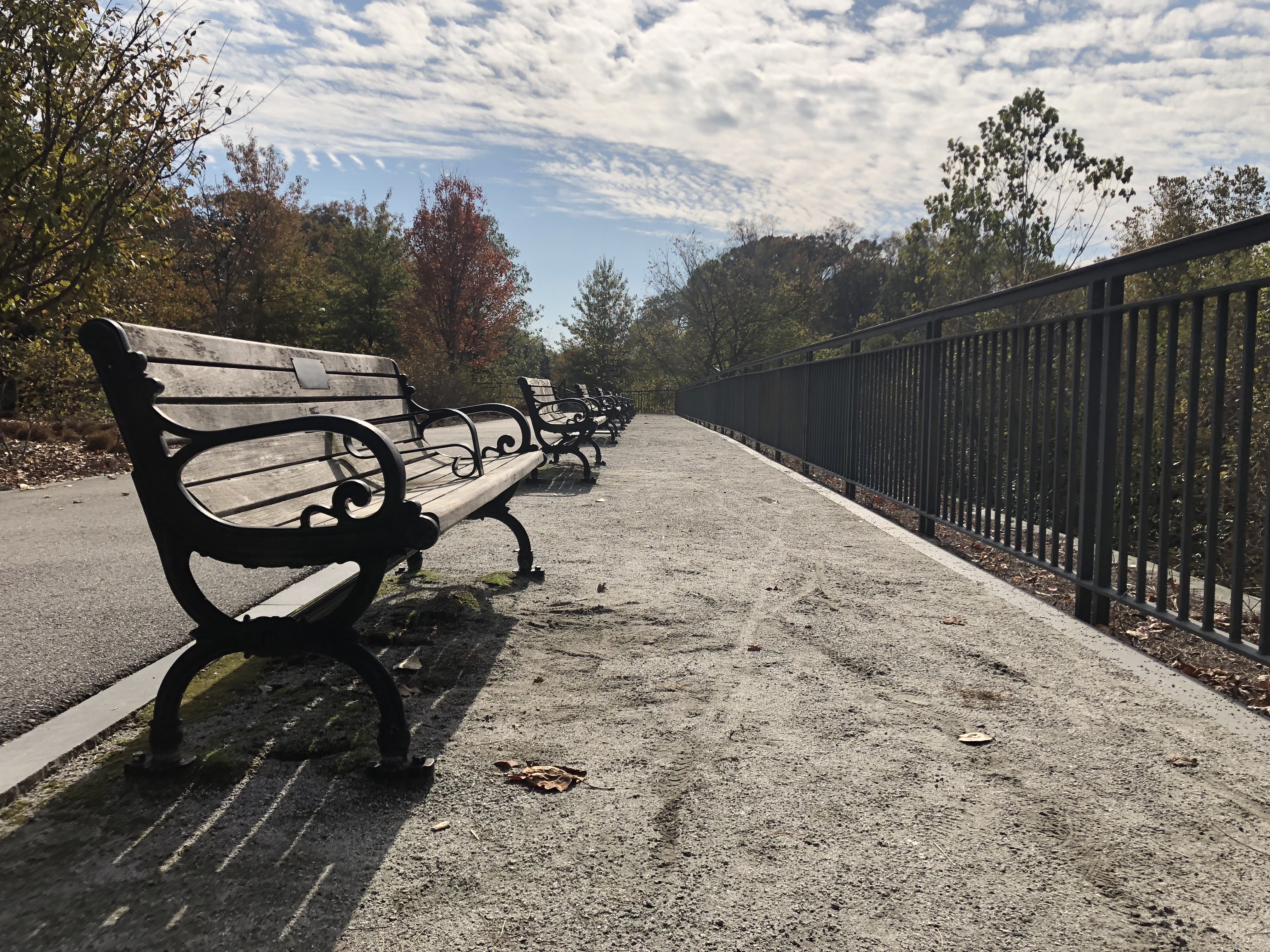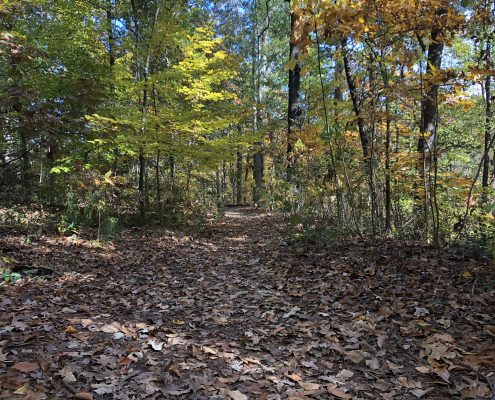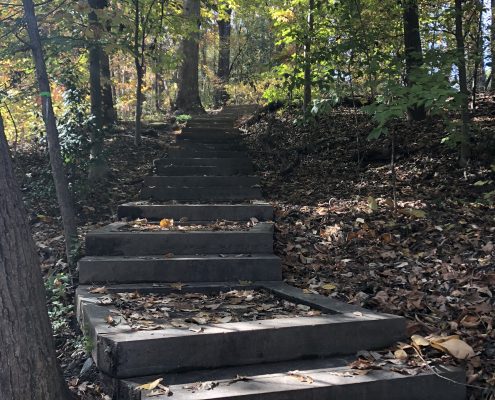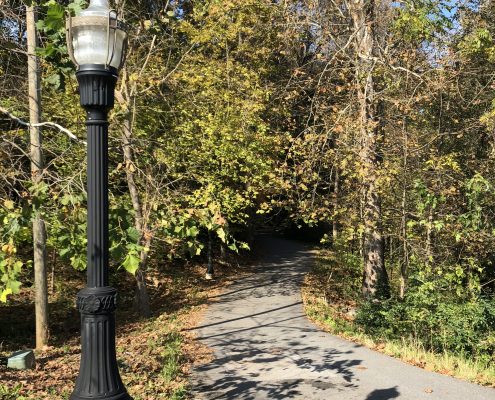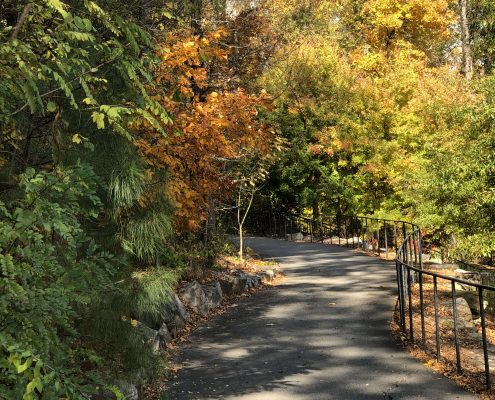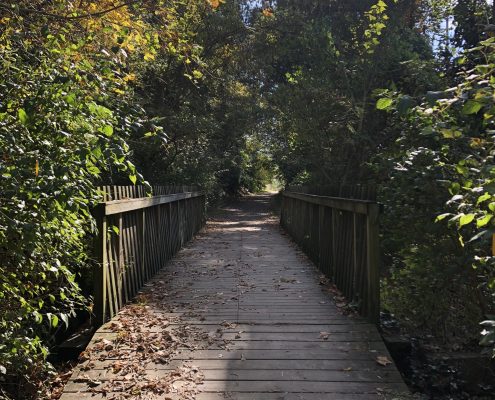When winter’s long and cold days descend, it can be hard to wake up in the morning, let alone exercise outside.
However, exercising outdoors is good for your body and mind any time of year, especially during the winter months—as long as you pay attention to a few rules regarding safety, gear and the type of exercise. By taking these measures, cold-weather workouts can be comfortable, injury-free and most important, fun.
Note—Talk to your doctor before you brave the cold outdoors. Exercise should be safe for almost everyone, even in plummeting temperatures. But if you have certain chronic conditions, such as Raynaud’s disease, asthma, or heart issues, consult with your doctor first to review any precautions to take based on your condition.
The Primary Risks
Frostbite
During the cold season, there are exercise-related dangers that go beyond slipping on ice and falling.
Frostbite is a cold-induced injury that occurs when unprotected skin is in direct contact with the cold air for an extended period, “freezing” in the process. This usually happens when skin temperatures drop below 30 degrees F. Susceptible areas include the cheeks, nose and ears, as well as the hands and feet.
Fortunately, frostbite isn’t technically an acute injury—it doesn’t strike out of the blue. Stop it in its tracks by paying attention to the following signs:
- Tingling sensations
- Burning
- Aching
- Numbness
- Skin redness
If you suspect frostbite, get out of the cold quickly, and warm the affected area by running it under lukewarm water. Never rub the area as doing so may further damage your skin. Seek medical attention if symptoms don’t subside.
Hypothermia
One of the challenging and potentially life-threatening risks of winter training is hypothermia. This condition consists of an abnormal drop in body temperature, plummeting to dangerous levels. It happens when your body fails to warm itself, losing more heat than it produces, especially when core temperature dips below 95 degrees F.
When this occurs, your vital systems, especially your cardiovascular and nervous systems, cease to function properly and leads to heart trouble, respiratory failure and even death.
The key to preventing hypothermia is heeding the early warning signs. These include:
- Abnormal fast breathing
- Inability to think clearly
- Fumbling or difficult movements
- Intense shivering
- Loss of focus and coordination
- Dizziness and nausea
- Unusual fatigue
- Confusion and/or poor decision making.
- Pain in extremities
As soon as you experience two or more of these side effects, stop running on the spot, and get into a warm bath. This should help get your temperature up. Showing no improvement? Call 9-1-1 immediately.
Follow these guidelines for exercising safely during the cold months.
Re-Think Your Clothing
The first step to prepare for cold-weather outdoor exercise is getting the right attire. Suitable materials include nylon, polyesters, and polypropylene. The best combination is to mix these technical fabrics that wick away moisture while keeping your body dry and warm. Wool or fleece, along with a water-proof, wind-resistant outer layer all work well.
Avoid cotton. The stuff soaks up sweat and rain, and holds in moisture.
Here’s your essential workout gear when stocking for the winter season.
- Medium-weight base layer shirt
- Hat, headband, or ski mask
- Running gloves or mittens
- A running jacket
- Running tights or pants
- Merino wool socks or those made of technical fabric
Use Layers
Layers help trap warm air next to your body and fend off the elements while keeping you warm and comfortable the entire time. They can also be easily removed as conditions change during your workout. Zip or unzip your running jacket, remove your mittens or take off a mid-layer to adjust as you run.
Start with a thin, basic layer of high-performance fabric to soak up to excess sweat away from your skin. Then, add a mid-layer of fleece or wool for extra insulation and warmth.
For your outer layer—or the shell—a light water-resistance jacket works best. This helps expel moisture and protect you from the elements.
The 10-Degree Rule
Regardless of how cold it is, you’ll warm up quickly once you start working up a sweat. That’s why when choosing gear for cold-weather exercise, the rule of thumb is to dress as if it’s 10 to 15 degrees warmer than the actual outside temperature—no matter how tempting is to overdress to stave off the cold.
Of course, you’ll feel cold at first, but once you start moving and raising your core temperature, you’ll find yourself much more comfortable.
Freezing Levels
When temperatures dip to freezing levels, blood flow is prioritized to the core, so be sure to protect your extremities such as your head, hands, and feet from the cold. Since we lose a large percentage of body heat through the head, headcover is non-negotiable. A hat or headband protects your ears and head. For extreme cold wear a ski mask, scarf, or balaclava to cover your face.
Protect your hands with a thin pair of glove liners made of technical fabric—such as polypropylene—under a pair of mittens lined with fleece or wool.
Last but not least, protect your feet. Opt for socks that wick away moisture while keeping your feet warm. Think SmartWool socks. Also, make sure the shoes are one half-size bigger than you usually wear to allow wiggle room for thick or multiple socks.
To avoid slipping or falling, choose sports shoes with enough traction to prevent falls, especially if it’s snowy or icy. You can also use special traction devices that attach to your trainers, such as Yaktrax.
Keep it Close
Keep your running routes close to home base. Choose a well-lit, familiar, loop that’s relatively short, especially if you’re running alone. Avoid exercising anywhere you don’t feel completely safe.
Be Seen
When it’s dark outside, you must be visible to other people, especially motorists. Put on reflective, light-colored clothing, such as fluorescent yellow or white, to help you be better seen by drivers, bikers, and pedestrians.
Consider wearing a lightweight headlamp or donning a flashing light, especially early in the morning or late in the evening. Run against traffic, drivers will see you more easily and you will see them.
Carry Your Essentials
Have some cash and cell phone so in case of an emergency. I recommend that you carry a Road ID bracelet that contains your name, age, blood type, and emergency contacts—you know, all the important things just in case.
Conclusion
Fortunately, many of the risks associated with exercising in winter can be easily thwarted by listening to your body, dressing appropriately and taking the right safety measures.
Please feel free to leave your winter workouts stories and questions in the comment section below. I’d love to hear from you.
In the meantime, thank you for dropping by.
Keep exercising strong.
Guest Author: David Dack
About the author:
David Dack is an established fitness blogger and running expert. When he’s not training for his next marathon, he’s doing research and trying to help as many people as possible to share his fitness philosophy. Check his blog Runners Blueprint for more info.



